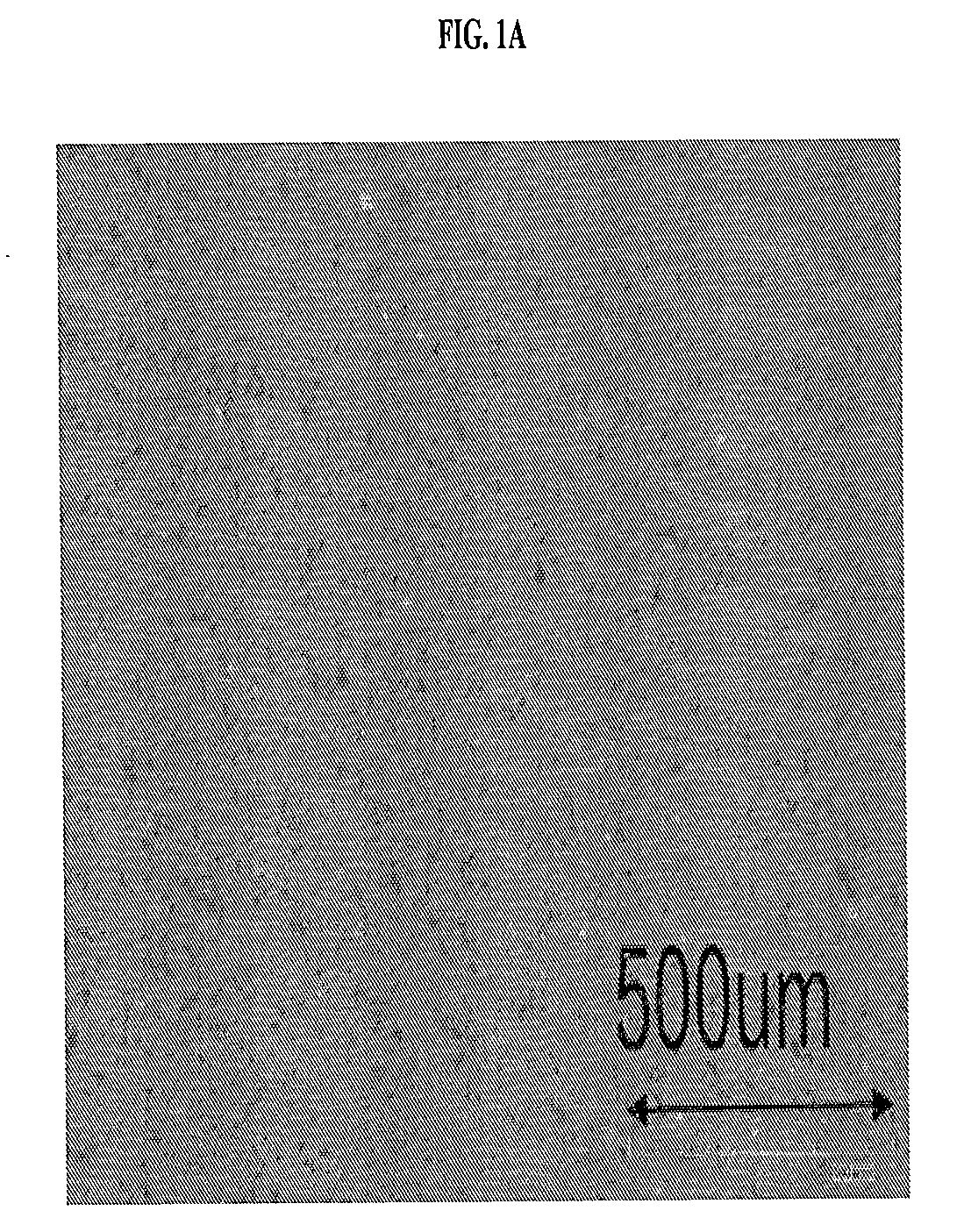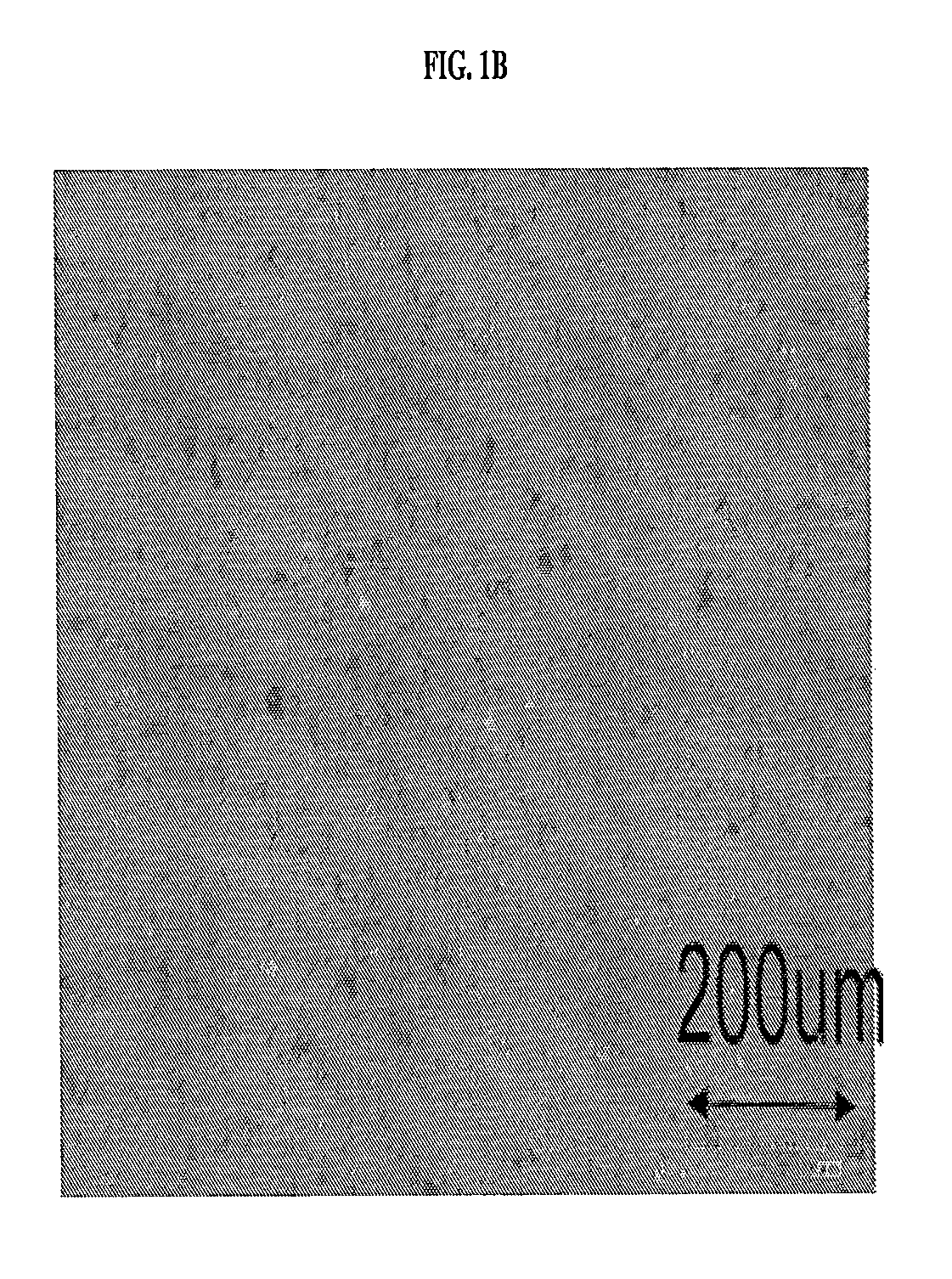Formulations with active functional additives for 3D printing of preceramic polymers, and methods of 3D-printing the formulations
a preceramic polymer and functional additive technology, applied in the field of monomer formulations, can solve the problems of low fracture toughness, limited thermal shock resistance, brittle failure, etc., and achieve the effect of inhibiting the degradation of solid-phase fillers
- Summary
- Abstract
- Description
- Claims
- Application Information
AI Technical Summary
Benefits of technology
Problems solved by technology
Method used
Image
Examples
example 1
Preparation of 3D-Printing Composition for SiC / SiOC UV-Cured Ceramic Matrix Composite
[0277]A monomer mixture containing 100 parts of vinylmethoxysiloxane polymer, 100 parts of (mercaptopropyl)methylsiloxane polymer, 0.5 parts of 2,2-dimethyl-2-phenylacetophenone, 0.15 parts of tert-butylhydroquinone, and 0.25 parts of 2,2′-(2,5-thiophenediyl)bis(5-tert-butylbenzoxazole) (all parts by weight), is thoroughly blended to make sure the components are well-mixed and the mixture is a uniform system. This resin is capable of forming a silicon oxycarbide (SiOC) ceramic phase when polymerized and thermally treated.
[0278]Then 25% by weight silicon carbide (SiC) powder with 50 μm particle size is blended and sonicated to disperse the SiC particles into the above resin. The SiC microparticles serve as solid-phase fillers in the SiOC-forming resin. The mixture is then ready for use as a monomer formulation in UV-cured 3D printing.
[0279]Optical microscope images of SiC solid-phase fillers disperse...
example 2
Production of 3D-Printed, UV-Cured SiC / SiOC Ceramic Matrix Composite
[0280]The monomer formulation of Example 1 is 3D-printed and UV-cured, followed by thermal treatment to form a ceramic matrix composite. Bulk parts are demonstrated by curing layers at 385 nm with LED-UV to form a preceramic polymer, and then pyrolyzing the preceramic polymer at 1000° C. in inert atmosphere to form a pyrolyzed ceramic material. FIG. 2 shows a photograph of the preceramic polymer (right-hand side) and the darker pyrolyzed ceramic part (left-hand side).
[0281]FIG. 3 is a graph of thermogravimetric analysis for the pyrolysis of the UV-cured preceramic polymer into a pyrolyzed ceramic material, measuring the loss of sample mass over time as the pyrolysis temperature increases.
[0282]The versatility and the applications of these preceramic resin formulations make them especially useful. A variety of applications in the automotive and aerospace industries, among others, may benefit from the ability to 3D-pr...
PUM
| Property | Measurement | Unit |
|---|---|---|
| diameter | aaaaa | aaaaa |
| diameter | aaaaa | aaaaa |
| vol % | aaaaa | aaaaa |
Abstract
Description
Claims
Application Information
 Login to View More
Login to View More - R&D
- Intellectual Property
- Life Sciences
- Materials
- Tech Scout
- Unparalleled Data Quality
- Higher Quality Content
- 60% Fewer Hallucinations
Browse by: Latest US Patents, China's latest patents, Technical Efficacy Thesaurus, Application Domain, Technology Topic, Popular Technical Reports.
© 2025 PatSnap. All rights reserved.Legal|Privacy policy|Modern Slavery Act Transparency Statement|Sitemap|About US| Contact US: help@patsnap.com



